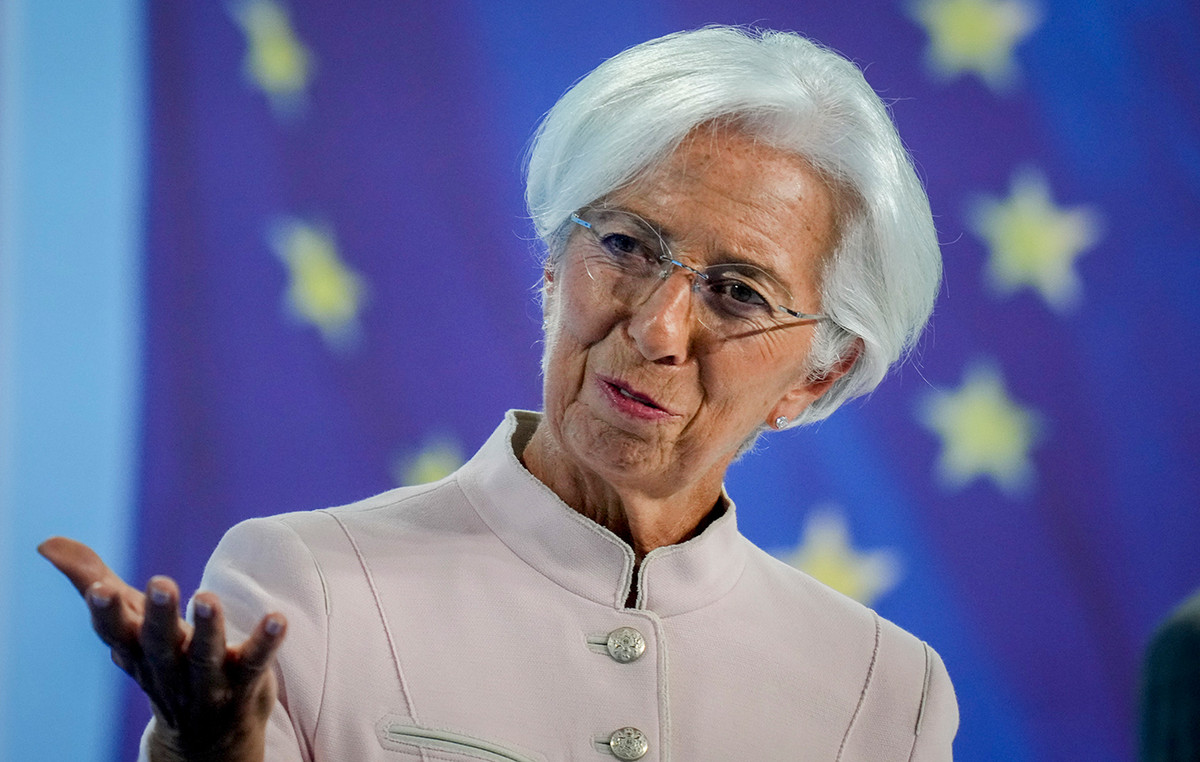Hungry polar bears are turning to dumps to fill their stomachs as their icy habitat disappears.
On Wednesday, a team of Canadian and US scientists warned that litter poses an emerging threat to already vulnerable polar bear populations, as the animals become more dependent on landfills near northern communities.
This is leading to deadly conflicts with people, said the report published in the journal Oryx.
“Bears and garbage are a bad association,” said co-author Andrew Derocher, a biologist at the University of Alberta.
“We know this very well from the brown bear and black bear perspective, and it is now a developing problem with polar bears.”
Polar bears rely on sea ice to hunt seals. But with the Arctic warming four times faster than the rest of the world, sea ice is melting in early summer and freezing in late autumn. This forces the bears to spend more time on land, away from their natural prey.
To fatten up, the report said, polar bears are now gathering en masse around dumps in Arctic and sub-Arctic places like Belushya Guba, Russia, and piles of whale bones left over from Inuit hunts near Kaktovik, Alaska.
Such behavior is risky. Local wildlife managers may kill bears out of concern for public safety. And consuming garbage can make bears sick.
Packages are often frozen in food scraps, so polar bears end up eating plastic and other inedible materials. This can cause fatal crashes.
“Bears don’t know all the negatives that come with eating plastic and the diseases and toxins they are likely to be exposed to in a (landfill) environment,” said co-author Geoff York, senior director of conservation at Polar Bears International. , an advocacy group.
The situation, according to scientists, should get worse. Human populations are increasing in the Arctic. Nunavut, Canada — home to thousands of polar bears — is projected to grow by nearly 40% by 2043.
Improving waste management remains a challenge for remote communities. The ground is often frozen solid, making it difficult to bury garbage. And shipping is expensive. Federal funding will be needed to fix the problem, the scientists said.
“We’ve already had some human deaths in the eastern Canadian Arctic,” Derocher said. “It’s surprising how many places that never had polar bear problems are now having emerging problems.”
Source: CNN Brasil







